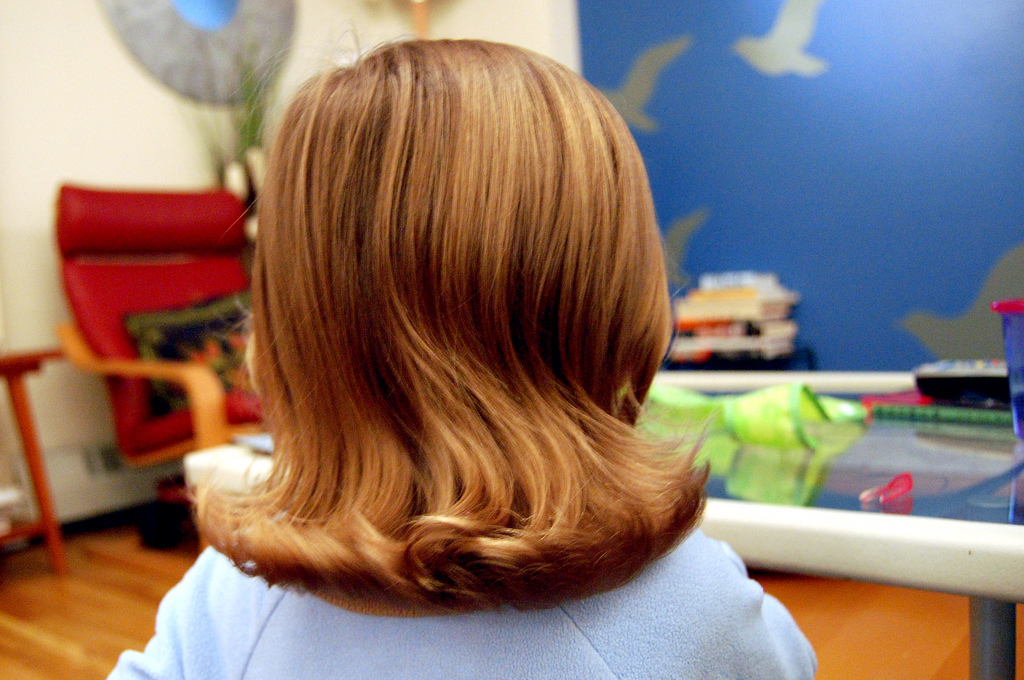
How to detect lice ?
How are lice caught? What can be done to prevent transmission? How to properly control the hair? Here is a series of practical tips, and in particular the three most common detection methods.
Lice move mainly from head to head by direct contact. Since children are more likely to play this type of contact, they are more likely to have lice. Teenagers would be more and more affected because they often take selfies to many. Cohabitants of the infested child or adolescent are also more likely to have lice.
• Contamination can also occur by wearing a hat or scarf from a person with lice. Lice can also go through clothes when they are close together, for example on a coat rack.
• Contamination by other objects such as combs, brushes or bed sheets is rare, but possible.
It is not a question of hygiene
• Lice are not a problem of hygiene. For example, washing hair is useless as a preventative measure. Cutting short hair makes no sense. Lice do not prefer long hair.
• Regular use of hairspray and hair gel may stop lice. A study in the Netherlands shows that 3% of boys who use gel have lice and that among boys who do not use it, the percentage is 6%. As for girls, 7% of those who use lacquer have lice, compared to 12% of those who do not use lice.
• Treatment of furniture or carpets with an aerosol insecticide is totally useless, as the chances of survival of the lice are great.
• General preventive measures to reduce the risk of lice infection, for example by avoiding crowded hooks, are of little use.
• The effect of an anti-lice bag on the spread of lice has not been scientifically proven.
• It is useful to disinfect combs, brushes, or hairpins: immerse them for 30 seconds in water at 60 ° C or for one hour in an alcoholic solution (70 °). Special disinfectants or insecticides are not needed.
The importance of a regular inspection
• It is useful to periodically inspect schoolchildren with a rag comb or with the wet comb test.
• If lice are detected, check with all people living at home (possibly also grandparents) if they have lice (and do not forget!). If you can not find a lice, repeat the procedure on everyone once a week for at least two weeks.
• Treat all people with lice or nits at the same time. Those who do not have lice should not be treated.
• Inform the school or nursery (and possibly the relatives of friends) if your child has lice. Conversely, the school must inform parents if lice are detected in the classroom. It is very important that all persons infected with lice be treated simultaneously.
• Treat all people with lice or nits at the same time. Those who do not have lice should not be treated.
• Inform the school or nursery (and possibly the relatives of friends) if your child has lice. Conversely, the school must inform parents if lice are detected in the classroom. It is very important that all persons infected with lice be treated simultaneously.
• Check the hair after treatment for 14 days. Repeat the treatment and certainly in case of return of the lice.
An anti-lice product for prevention?
Preventive use of an anti-lice product is strongly discouraged. Active substances can irritate the scalp and cause itching. In addition, lice may become resistant to the active substance. New non-toxic silicone products are also not recommended for preventive use.
Washing clothes and bedding is not necessary. Contrary to what is often recommended, it has not been proven that washing bedding, stuffed animals, clothes, hats, scarves, and so on is helpful. To suck the house, the car ..., is not necessary either.
Children with lice should never be excluded from school or sports club. There is no evidence that exclusion from school is effective. By the time the lice are detected, the child has probably been infested for several weeks.
Wearing a swimming cap at the pool is not necessary. The transfer of lice into the water is very unlikely.
Leave a comment